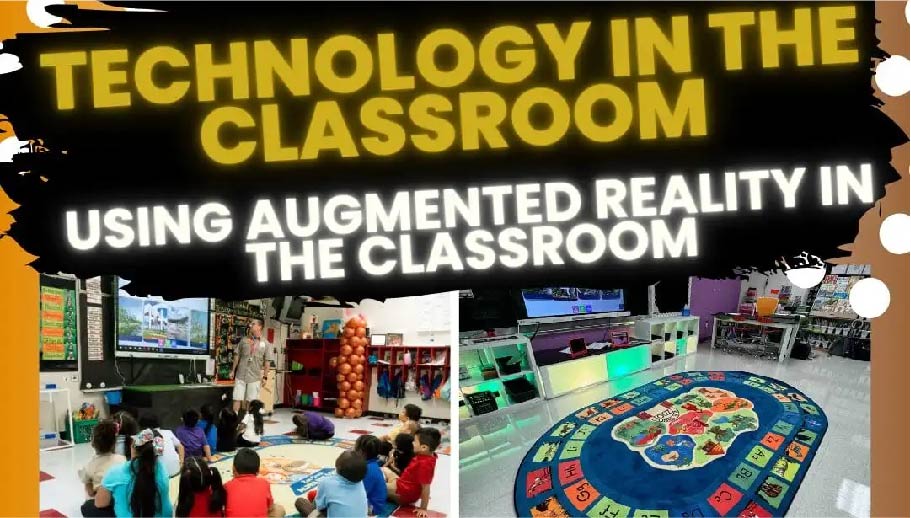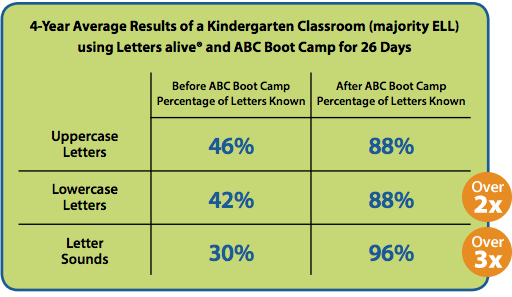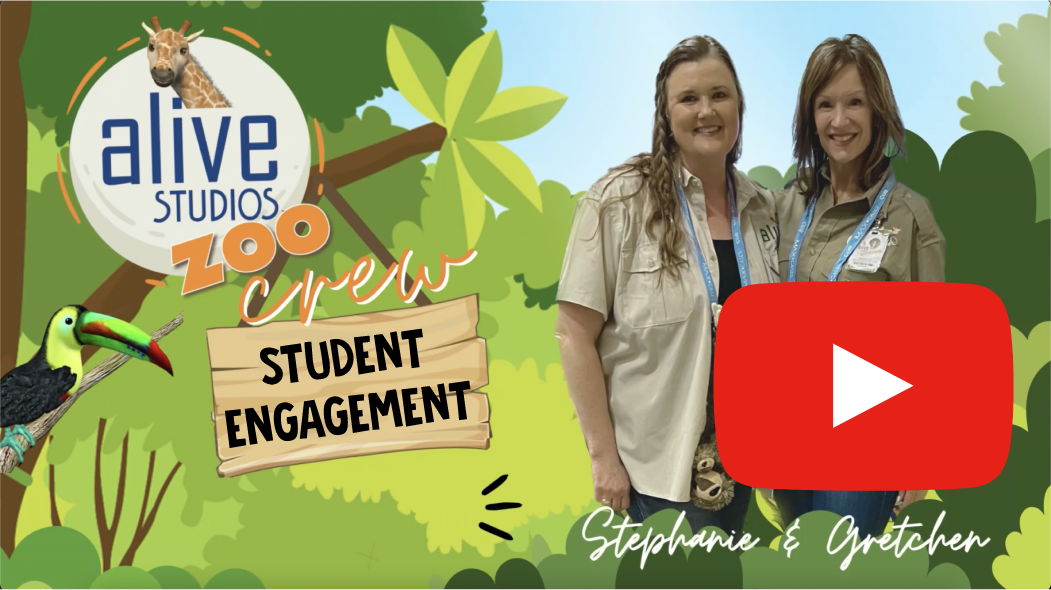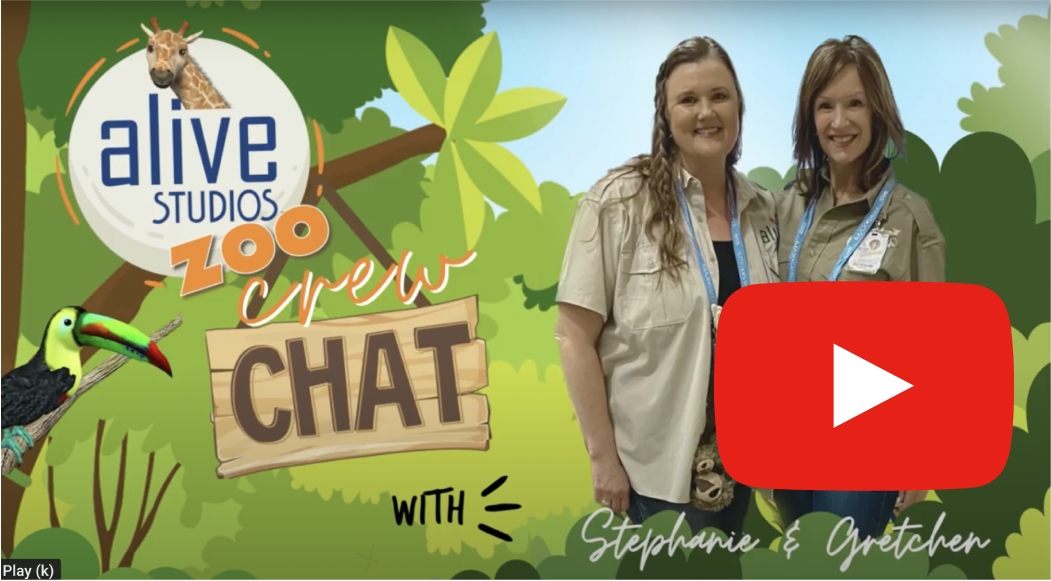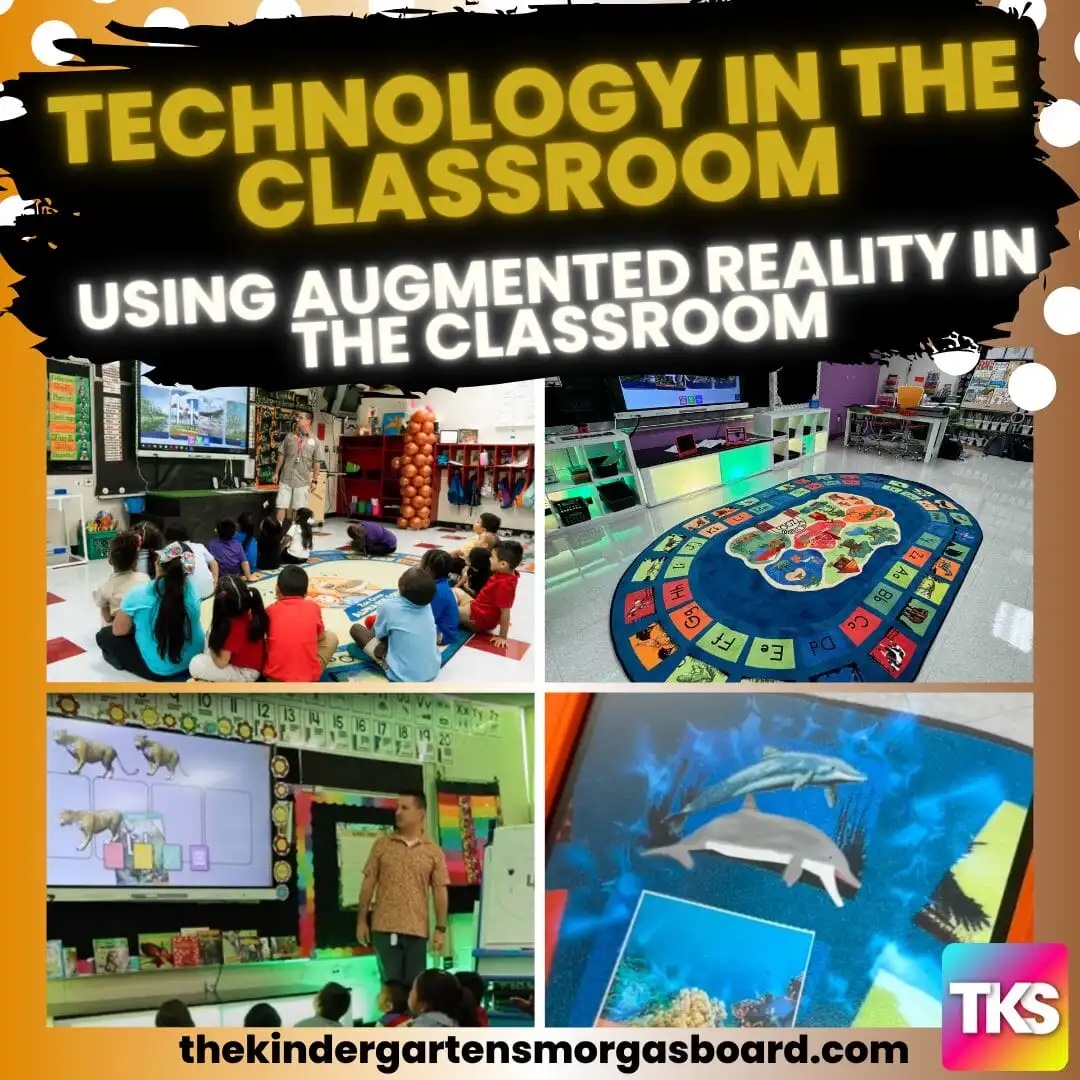
7-minute read

Mr. Greg Warren
Kindergarten Teacher / Early Ed Influencer / Guest Blogger
We all know how much technology in the classroom can engage and excite our students. I mean, do you all know how much people love Pokemon Go?! Did you know that Pokemon Go uses augmented reality technology? Imagine if you could bring that augmented reality technology into your classroom with a research-based technology tool.
Technology In The Classroom: Augmented Reality With Alive Studios
Eight years ago, I was introduced to Alive Studios, an amazing company. This company created 3D augmented reality tools called Letters alive® and Math alive® to help students improve their reading and math skills. After seeing the technology at a conference, I had to have it.
So, basically, augmented reality is 3D without glasses. Letters alive brings letters and sounds to life in amazing 3D using animals. For each letter, an animal comes to life, and you learn uppercase and lowercase letters, sounds, and letter formation. You can then use the animal to build interactive sentences!
Letters alive® In The Classroom
Eight years ago I was fortunate enough to bring Letters alive into my classroom. I knew my students would love this technology in the classroom because the tech blew my mind…so I could only imagine a 5-year-old reaction to the software. But the response from my kids was even more than I dreamed of!
We started using the original Letters alive Plus in conjunction with our science of reading-aligned ABC BOOTCAMP curriculum, and the results were astounding. We compared the data from ABC BOOTCAMP without Letters alive and the data after using Letters alive, and we found a 48% increase in letter recognition and a 112% increase in sound fluency. Below is the data from my classroom for over 4 years. Alive Studios also has independent research results showing the effectiveness of the software, and the software is research-based and backed by teachers, literacy experts, and more!
After seeing the amazing results of ABC BOOTCAMP and Letters alive together, we have partnered with Alive Studios to combine the best tools into a new resource called Letters alive 8.0. This combines Letters alive with ABC BOOTCAMP! You get the new Zoo Keeper ABC Boot Camp in an exclusive Zoo Keeper theme that’s only available when purchasing Letters alive!

How Do You Use Augmented Reality In The Classroom?
We use Letters alive in a whole group setting to practice our letters and sounds. We build and read sentences but use them during our center/workstation/time. Yes, I let my students use the technology on their own. After all, it is THEIR technology! In these videos, you see the students using CVC word picture cards (from my What Does The Fox Say CVC word creation) and building the words using Letters alive! As they place the cards, the software says the sound, then the students push the letters together, and the software BUILDS the word on the screen (in 3D) and reads them the word! So they’re practicing blending CVC words. And then they write the words. They can also do word families, blends, and digraphs.
Click Here to Learn More About Letters alive
Technology In The Classroom: Math alive®
With Math alive, students can build number sense, add, subtract, compare numbers, and more! And it all happens in 3D thanks to the augmented reality technology! The exclusive Zoo Keeper 123 Boot Camp is included with Math alive and the results are astounding! Letters alive and Math alive as sold together as Learning alive™. Look at these before and after case study results using Zoo Keeper 123 Boot Camp:

Click Here to Learn More About Math alive
Technology In The Classroom: Rugs alive™
Yes, it’s true. Alive Studios has classroom rugs or carpets that also use augmented reality technology, so the animals in the rug come to life using a free app. Check out this cool tidbit: this rug is THE FIRST one ever made. True story. The first. And now, Alive Studios has completely redesigned the rugs to make them even better.
The new rugs were designed with teacher input to be more kid-friendly (and classroom-friendly). And guess what? I got the FIRST ONE to be put into a classroom! And don’t worry—I still have the original one! The new rug has blue in the middle, and the logo has been replaced with seven animal habitats! One of the best features of the rug is the animals because it makes sitting on the carpet easier. My directions to the class are either “Put your feet on an animal” or “Sit on an animal,” and the kids know immediately where to sit!
The rugs work with a free app and come with Habitat Cards and Animal/Habitat Fact Sheets. You scan the Habitat Card and animal, and the animal appears on your device. Then, you can move the animal and place it anywhere in the classroom!
Click Here to Learn More About Rugs alive
Technology In The Classroom: Journals alive™
Alive Studios also offers My Letters alive Journals and My Math alive Journals. These journals allow students to work independently on letters, sounds, and math skills using the FREE Journals alive app with 3D augmented reality.
Click Here to Learn More About Journals alive
So, that’s how we use Letters alive and augmented reality in our classroom to increase achievement and engagement while working on literacy and math skills! After using this program for 8 years, I can vouch for the effectiveness of these tools and the fun and engagement they bring! This is a MUST HAVE classroom resource approved by Mr. Greg!!!

